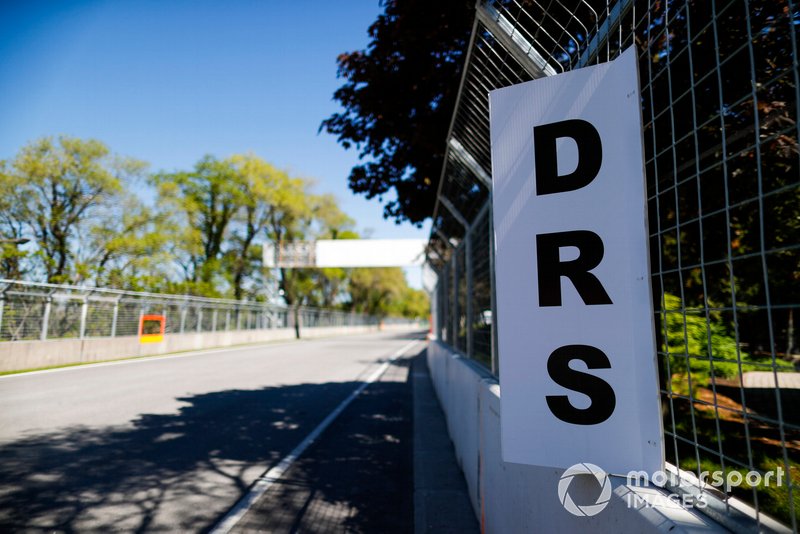The Drag Reduction System (DRS) is a controversial driver-controlled device aimed at aiding overtaking and increasing the chances of wheel-to-wheel racing in Formula 1.
The system, which involves the driver opening a flap in their rear wing to reduce drag levels and gain top speed when running within a second of a car in front, was introduced back in 2011. It remains in use with the new rules reset from the start of the 2022 season.
But, as it did when it was first adopted over a decade ago, DRS continues to be a source of contention among F1 competitors and fans.
Why is DRS used in F1?
DRS is primarily an overtaking aid. It was introduced in 2011 to make overtaking easier. It allows drivers to increase straightline speed by dumping rear wing drag through a slot that can be opened when a car is running within one second of the car in front. Drivers can also use the system on practice and qualifying laps, even when running alone on track.
The device is often criticised because by pressing a button to gain a speed boost, drivers are artificially able to gain time on rivals ahead.
Therefore, it is often claimed that this takes away from the skill of pulling off a challenging overtaking manoeuvre. Juan Pablo Montoya – the former F1 driver and double Indianapolis 500 winner famed for his bolshy passes in the era that predated DRS – compared the device to “giving Picasso Photoshop”.
But DRS is not a simple ‘overtake button’ that automatically means getting past the car in front. While there have been plenty of occasions where its power has been deemed to be too great and so passes have occurred well before braking zones on straights, the tool is generally aimed at assisting overtaking when drivers would otherwise be stuck in dirty, turbulent air.
A DRS sign and circuit detail
Photo by: Zak Mauger / Motorsport Images
However, as the latest generation of F1 cars have been designed to allow drivers to follow more closely with a reduced ‘dirty air’…
Click Here to Read the Full Original Article at Autosport.com – Formula 1 – Stories…

